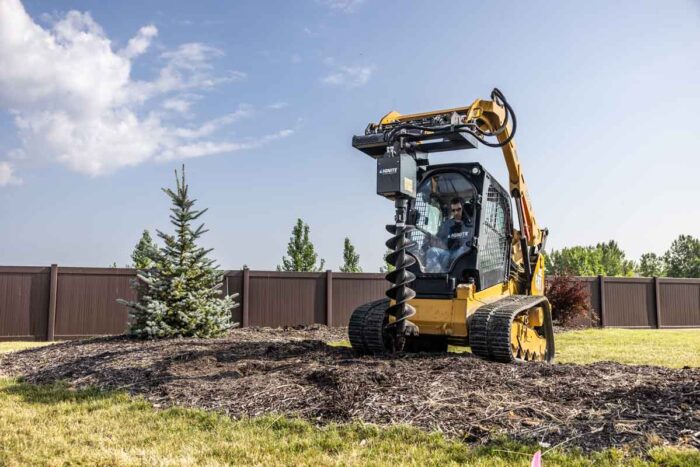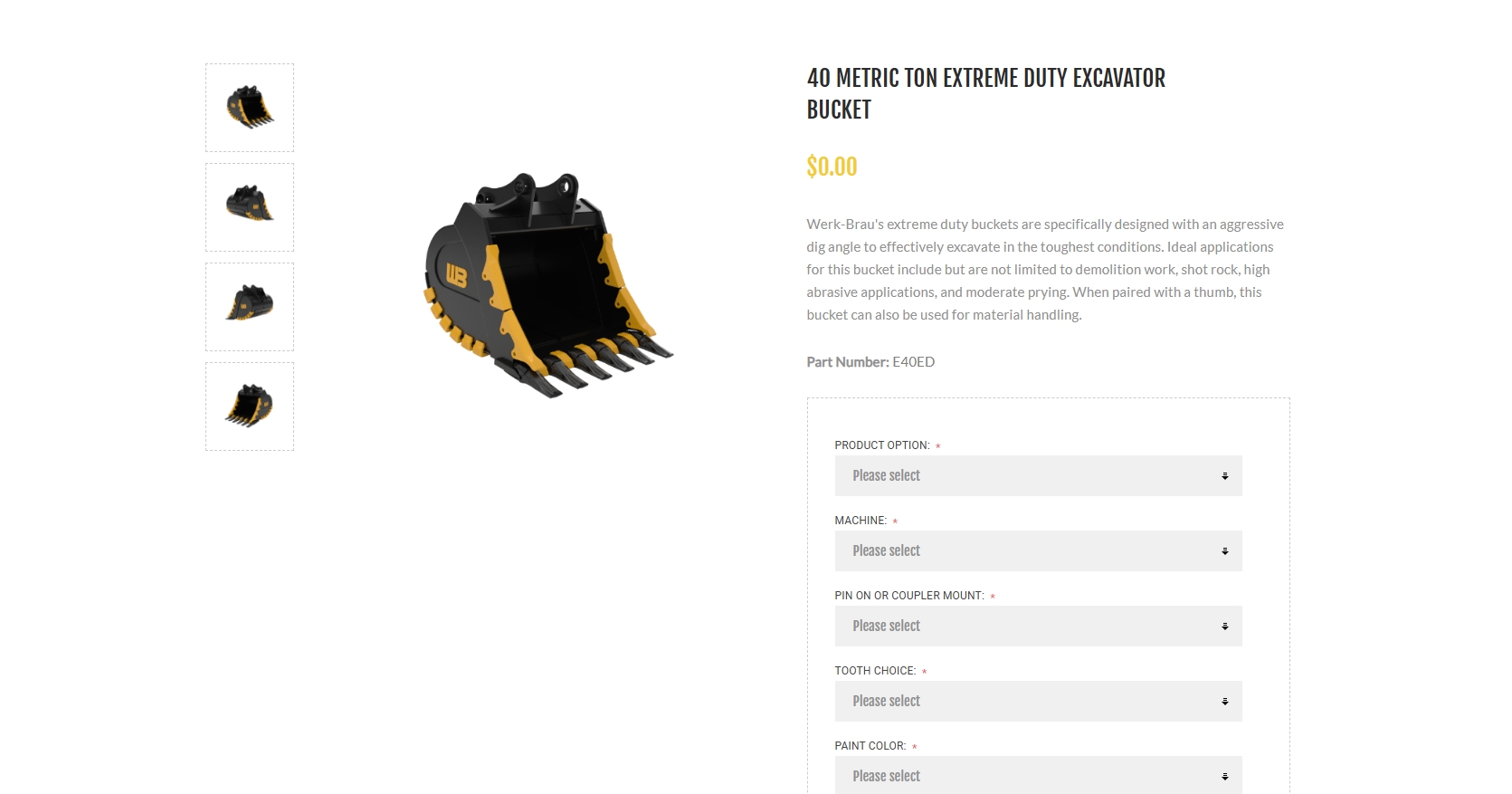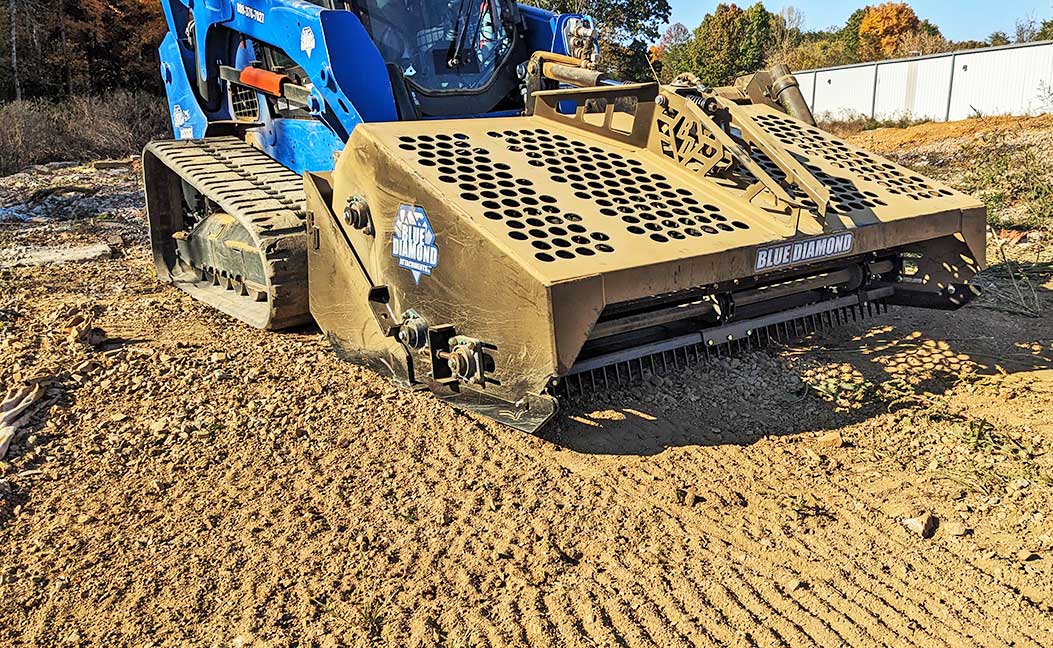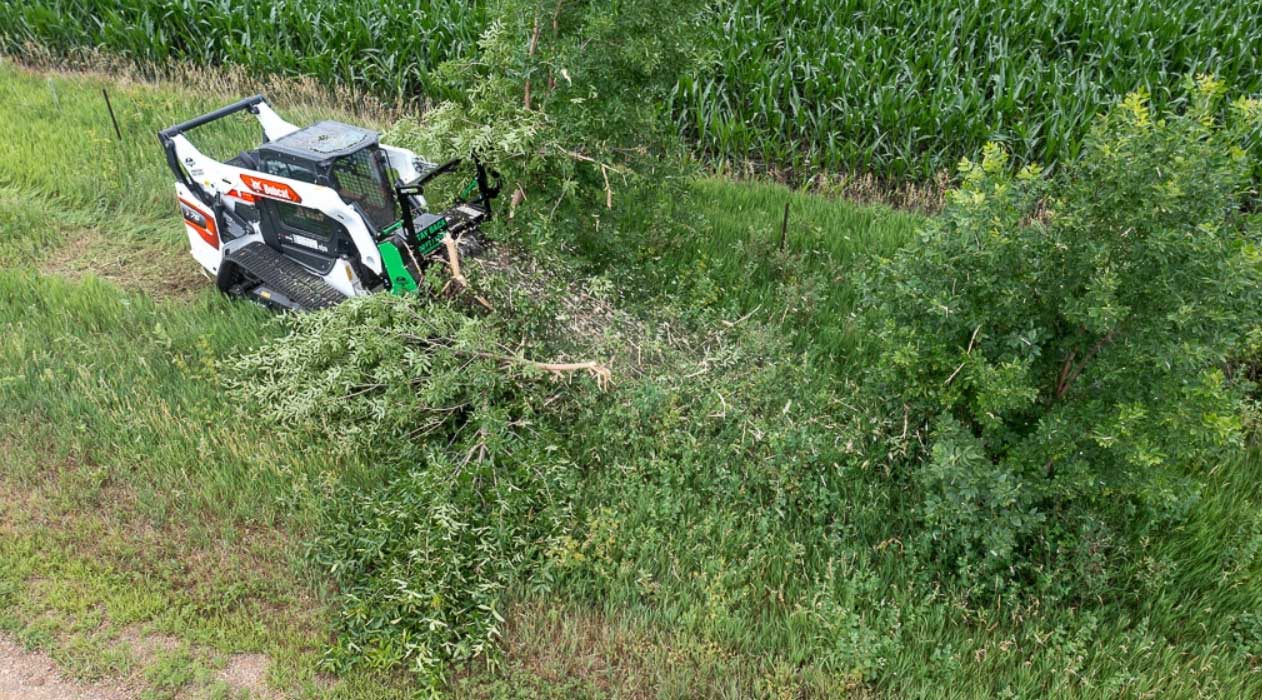Matching the Right Auger Attachment to the Correct Soil Conditions

Selecting the right auger for a job isn’t just about size, it’s about understanding soil composition and choosing a tool that can handle the conditions effectively. Different soil types present unique challenges, and using the wrong auger can lead to inefficient digging, excessive wear or even equipment damage.
Loose or Sandy Soil
Light, sandy or loose soil is relatively easy to penetrate, but it can collapse back into the hole before completion. Standard-duty augers with a direct-drive system work well in these conditions. Using a wider flighting design can help move material efficiently and keep the hole open during drilling.
Clay and Compact Soil
Denser soils, such as clay, require more torque to break through effectively. Clay also tends to stick to auger bits, making extraction more difficult. In these conditions, a planetary-drive auger with high torque is recommended. A bit with aggressive cutting edges or augers equipped with flighting extensions can help remove material more effectively.
Rocky or Mixed Terrain
When dealing with rocky soil or a mix of gravel and hard-packed earth, standard augers may struggle to penetrate effectively. A heavy-duty auger with carbide-tipped teeth or a rock auger attachment is ideal. These specialized bits can break through resistant materials while reducing strain on the equipment.
Frozen Ground and Shale
Frozen or highly compacted ground requires maximum torque and durability. A planetary-drive auger with reinforced flighting and a high-power hydraulic system is best suited for these conditions. Bits with tungsten or carbide edges help maintain efficiency while reducing wear.
Matching the right auger to the soil conditions ensures smoother operation, increased efficiency and longer equipment life, saving time and resources on the job.
Darin Gronwold is a senior product specialist at Ignite Attachments.




